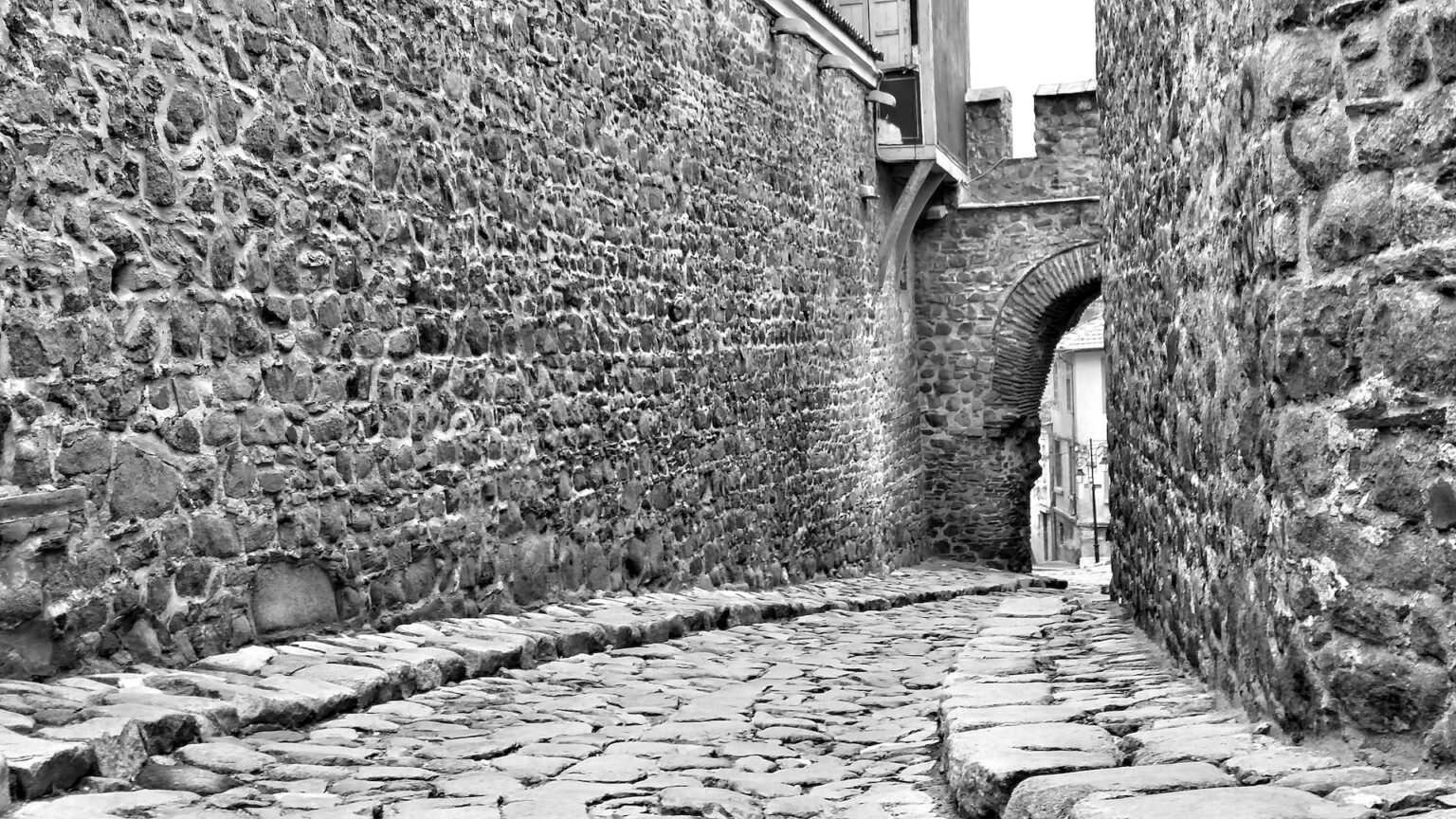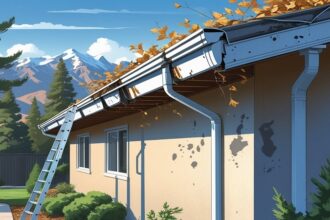Imagine strolling down a historic street, where each cobblestone tells a tale of centuries gone by. That timeless charm often comes from Belgian block—a robust stone that has shaped the very pathways we walk today. Known for its durability and beauty, this beloved material offers more than just aesthetic appeal; it embodies the spirit of craftsmanship and tradition.
From bustling city squares to serene suburban streets, Belgian block has proven itself as both functional and visually captivating. But what exactly is Belgian block? How did it become an essential component in paving our roads? Join us on this journey through history, craftsmanship, and modern-day applications of a stone that continues to leave its mark—one block at a time.
History of Belgian Block and its Use in Street Paving
Belgian block, also known as cobblestone, has a rich history that dates back centuries. Originally quarried in Europe, these sturdy stones were favored for their durability and aesthetic appeal.
In the 19th century, Belgian block became a popular choice for street paving across cities like Paris and New York. Its unique shape allowed for easy interlocking, creating stable surfaces even under heavy traffic.
Cities embraced this material not just for functionality but also for its charm. The rustic look of cobblestones added character to urban environments.
Over time, many streets paved with Belgian block have stood the test of time, showcasing their resilience against wear and tear from vehicles and weather conditions. As modern construction techniques evolved, this timeless stone continued to be celebrated as an iconic symbol of historic cityscapes.
The Process of Creating Belgian Block
Creating Belgian block is a meticulous process that starts with selecting the right granite. This natural stone is favored for its durability and aesthetic appeal.
Once sourced, large blocks of granite are quarried and cut into smaller pieces. Skilled artisans then shape these stones, ensuring they reach the perfect dimensions. Each block typically measures around 4 x 6 inches but can vary in size.
The shaping involves a specific technique known as “squaring.” Craftsmen use chisels to create flat surfaces, making it easier to fit them together during installation.
After molding, the stones undergo weathering to enhance their texture and appearance. The result is a unique blend of strength and beauty that has stood the test of time.
Each piece is carefully inspected before being dispatched for paving projects across cities worldwide.
Benefits and Durability of Belgian Block
Belgian block is renowned for its incredible durability. This natural stone can withstand heavy traffic, making it ideal for busy streets and walkways. Its robust nature means fewer repairs and replacements over time.
The texture of Belgian block also provides excellent traction, reducing the risk of slips during wet weather. This safety feature is a major advantage in urban settings where pedestrians frequent.
Another benefit lies in its resistance to various environmental factors, including extreme temperatures and chemical spills. Unlike asphalt or concrete, Belgian blocks remain unaffected by heat or cold stress.
Additionally, their unique appearance offers aesthetic charm that enhances any landscape design. The rich colors and natural variations blend beautifully with both historic and contemporary architecture.
Investing in Belgian block not only elevates the beauty of a street but ensures longevity that few other materials can match.
Modern Uses for Belgian Block
Belgian block has found a resurgence in modern design, transcending its historical roots. Urban planners and architects appreciate its aesthetic appeal and versatility.
In contemporary landscapes, Belgianblocks serve as stylish driveways, adding character to residential properties. Their robust nature makes them ideal for high-traffic areas while offering an eye-catching texture.
Garden paths crafted from these stones create charming walkways that invite exploration. The irregular shapes provide a rustic feel that blends seamlessly with natural surroundings.
Additionally, Belgian blocks are now featured in outdoor seating areas and fire pits. This allows homeowners to enjoy the charm of traditional stonework while creating functional spaces for relaxation or gatherings.
Even public parks have embraced this enduring material. Using it in decorative elements enhances the visual experience for visitors, bridging history with modernity beautifully.
Maintenance and Preservation of Belgian Block Streets
Maintaining Belgian block streets is crucial for preserving their charm and functionality. Regular inspections help identify any shifting or settling of the stones, which can lead to uneven surfaces over time.
To keep these historic streets in top condition, it’s essential to fill gaps between the blocks with sand. This not only helps stabilize the stones but also prevents weed growth that can disrupt their arrangement.
Cleaning the surface periodically is equally important. A gentle wash with water removes dirt and debris without damaging the stone’s integrity. Avoiding harsh chemicals ensures that the natural beauty remains intact.
For more severe issues like cracking or displacement, professional restorers might be necessary. Their expertise in handling historical materials guarantees a careful approach that respects both aesthetics and durability. Investing time and effort into maintenance will ensure that Belgian block streets continue to tell their timeless stories for generations to come.
Conclusion: The Enduring Legacy of Belgian Block in Cityscapes
Belgian block has left an indelible mark on cityscapes around the world. Its history is rich and varied, having been a cornerstone of urban development for centuries. The craftsmanship that goes into creating these stones ensures their place as not just functional elements but also aesthetic features in our streets.
As we move forward, Belgianblock remains relevant. Cities are increasingly looking to blend historic charm with modern utility, and this timeless stone provides both. Whether adorning quaint village roads or bustling metropolitan thoroughfares, it continues to evoke a sense of nostalgia while embracing contemporary needs.
Preserving Belgian block streets is vital for maintaining the cultural heritage they represent. Communities are recognizing the significance of these pavements not just as surfaces but as stories etched in stone—reminders of our past that enhance our present-day environments.
The legacy of Belgian block stretches far beyond mere functionality; it serves as a testament to enduring design and resilience against time’s passage. As cities evolve, so too does the role of Belgianblock, ensuring its continued presence in shaping beautiful and meaningful urban landscapes for generations to come.

















